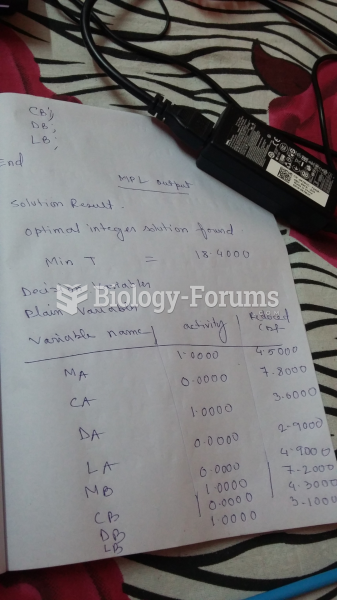Answer to Question 1
ANS: B, C, D
Researchers need to develop a quality study proposal to facilitate university and clinical agency institutional review board approval, obtain funding, and successfully conduct the study. In addition, student researchers develop proposals to communicate their research projects to the faculty and members of university and agency institutional review boards. Student proposals are written to satisfy requirements for a degree and are usually developed according to guidelines outlined by the faculty. The content of a student proposal usually requires greater detail than does a proposal developed for an agency or funding organization.
Answer to Question 2
ANS: A
After the review of the literature, the gap in the knowledge base is identified, with a description of how the proposed study is expected to contribute to fill that particular gap. Your proposal should identify the target population to which your study findings will be generalized and the accessible population from which the sample will be selected. Outline the inclusion and exclusion criteria you will use to select a study participant or subject, and present the rationale for these sample criteria. For example, a participant might be selected according to the following sample criteria: female age 18 to 60 years, hospitalized, and 1 day postabdominal surgery. The rationale for these criteria might be that the researcher wants to examine the effects of a selected pain management intervention on adult females who have recently experienced hospitalization and abdominal surgery. The sampling method and the approximate sample size are discussed in terms of their adequacy and limitations in investigating the research purpose (Thompson, 2002). Usually, a power analysis is conducted to determine an adequate sample size to identify significant relationships and differences in studies.







